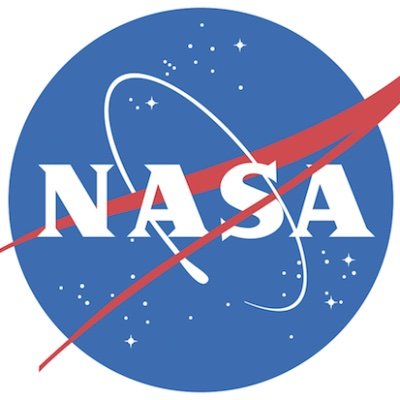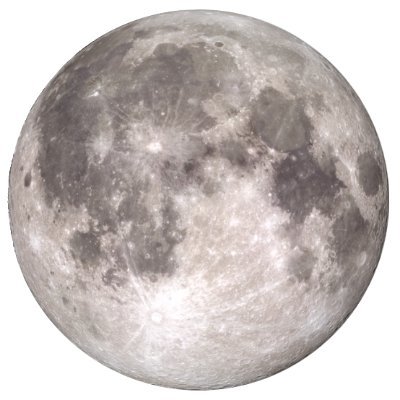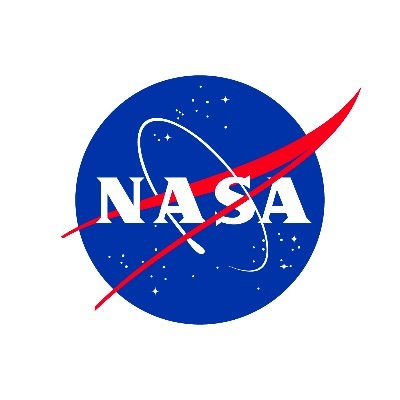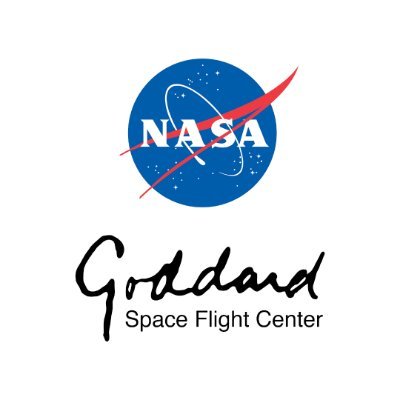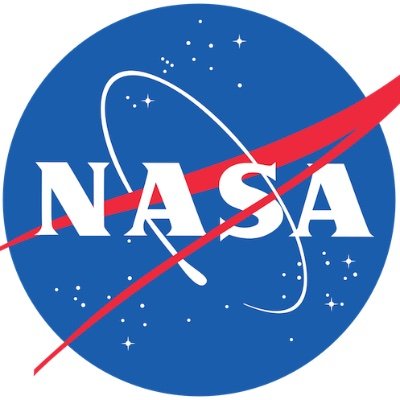
ARCHIVED - NASA Expeditions
@NASAExpeditions
Followers
139K
Following
2K
Media
1K
Statuses
3K
NASA’s official account for field research. Learn more: https://t.co/OMxNiyZT2b Verification: https://t.co/qeyApmM2ib
Multiple NASA centers
Joined June 2008
NASA Planetary Analogs home: https://t.co/VtwFNeUn2u NASA Earth Observatory’s Notes From The Field blog: https://t.co/ygacRYEl34 NASA Planetary Expeditions blog: https://t.co/NO5YASmo11
4
3
10
This account is no longer active. Thank you for joining us as we've documented expeditions to volcanoes and glaciers, air- and sea-based research campaigns, moonwalk preparations, & more. To keep learning about NASA fieldwork, follow @NASASolarSystem & visit the websites below.
7
11
172
Boot Camp for the Moon 🧑🚀 @NASA_Astronauts and @NASAArtemis teams on the ground prepare and train for future crewed missions to the Moon by practicing moonwalks in the Arizona desert! The lunar-like landscape allows teams on Earth to complete technology demonstrations, hardware
23
85
368
To confirm the correlation between tree leaf color and CO2 from volcanic magma, scientists measured CO2 levels and collected leaf samples near an active volcano in Costa Rica. 🌴🌳 The research was with AVUELO, a joint @NASA and @smithsonian field campaign, in March 2025.
3
5
35
That includes the astrobiology documentary series Our Alien Earth! Join scientists on expeditions to some of our planet's most extreme environments—where they test cutting-edge technologies for NASA’s search for life—all from the comfort of your couch.
If you have Amazon Prime, you have a new way to watch NASA live and original programming. Launches, landings, spacewalks, and documentaries are now available via our Amazon FAST channel, ad-free: https://t.co/xnfs3pU1Au
1
14
67
Tracking snowmelt from the sky ✈️ NASA flights over the Sierra Nevada and Rocky mountain ranges help scientists estimate how much snow will turn into freshwater, helping communities manage water resources on the ground. https://t.co/xzVBBNfxCy
7
53
202
The Moon's Gruithuisen Domes, shown here, are comparable to volcanic formations in Katmai National Park. This same region on Earth is also home to Mars-like terrain. Many geologic features & processes are common throughout our solar system. Compare worlds:
science.nasa.gov
Compare field research sites on Earth with similar environments on other worlds. Pairs like these are called planetary analogs. Research at analog locations on Earth helps scientists to make sense of...
The Moon does not have erupting volcanoes today, but it was once flooded with flowing lava. By studying lunar geology (including past volcanism), we learn more about how our Moon formed—which helps us understand how other rocky worlds form and change, too. https://t.co/FhiJZ4hTNx
1
4
18
Fast-forward to the present day: Advanced tech testing paves the way for Artemis. NASA and USGS are working together to train the next generation of space explorers. Fieldwork on Earth prepares us to go beyond, and teaches us about our solar system: https://t.co/tEU5UVJJ5l
🚀🌕 This #NationalSpaceDay, we celebrate @USGS's legacy with @NASA — training astronauts & testing tools for lunar missions at Earth analog sites. From 1960s rocket backpacks to modern moonwalks, we're helping shape the future of space exploration. https://t.co/ajXAKggdiQ
1
9
16
See Earth through our eyes. 🌎 NASA studies our home planet like no one else, observing Earth from land, air and space for more than 60 years. Happy #EarthDay!
35
192
584
The dinosaurs went extinct because they didn't have a space program. But we do. Our newest documentary, "Planetary Defenders," shows how we find, track, and mitigate asteroids. Available now in its entirety on X.
485
1K
6K
Making weekend plans? You can @DoNASAScience!🫵 April is #CitSciMonth & you can join the celebration by using your phone or laptop to help @NASA uncover new discoveries and expand our understanding of the universe. 🤩 Find your perfect project: https://t.co/xvxZQ13bMW
1
8
16
To better understand the role of wetland ecosystems in Earth’s climate, scientists with @NASA’s BlueFlux campaign are studying how much greenhouse gases are absorbed and emitted by these ecosystems.
16
58
276
Where is air pollution most potent? What is the electromagnetic charge of thunder clouds? How do ecosystems recover after a wildfire? These are some questions scientists have explored through our Airborne Science Program.✈️ Happy National Science Day! https://t.co/sUtoMaXwfx
4
9
37
Nature’s engineers 🤝 NASA satellite data What’s this cutie got to do with space? Find out in @NASASpinoff 2025. Hint: our besties at @nasa_landsat know all about these eager beavers. https://t.co/WWp9v3Szc9
11
45
196
Asteroid Bennu’s parent body was likely a salty, wet environment – one surprisingly like a lakebed on Earth. @NASA scientists drew similarities between a sample collected from Bennu by the #OSIRISREx mission & minerals from Searles Lake, a dry lake in California’s Mojave Desert.
13
110
415
Dive alongside Dr. Richard Camilli and his team as they explore undersea volcanoes off the coast of Greece, testing technologies that will help us search for life on other ocean worlds! Episode 3 of our docuseries – Our Alien Earth – is out now on YouTube: https://t.co/SdeMlDZZ9p
6
17
48
A new NASA study shows ferns may help plants and animals recover in damaged landscapes, playing a key role in ecosystem recovery after major disasters. First appearing 360 million years ago, ferns were once Earth's most common vascular plants. https://t.co/CeZzUFaldH
4
20
75
NASA science, but make it EXTREME 🤯 As part of the PACE-PAX field campaign, pilots flew the @NASAArmstrong ER-2 upwards of 63,000 feet high to help calibrate and validate data from the PACE satellite. To do so, they wear pressurized suits and eat and drink through a tube!
5
31
130
Journey into the wilderness of Greenland alongside Dr. Abigail Allwood & her team as they investigate a controversial claim of ancient signs of life in an outcrop of rocks over 3.7 billion years old. Watch episode 2 of Our Alien Earth, a NASA+ Original series, now on YouTube:
6
22
84
Our next guest for #AskAstrobio is Dr. Penny Boston, a pioneer in astrobiology exploration of unique and diverse cave systems all over the world. What type of cave system do YOU think is most important for informing our search for life beyond Earth? Vote: https://t.co/Wvq6ojL4zL
3
26
68



